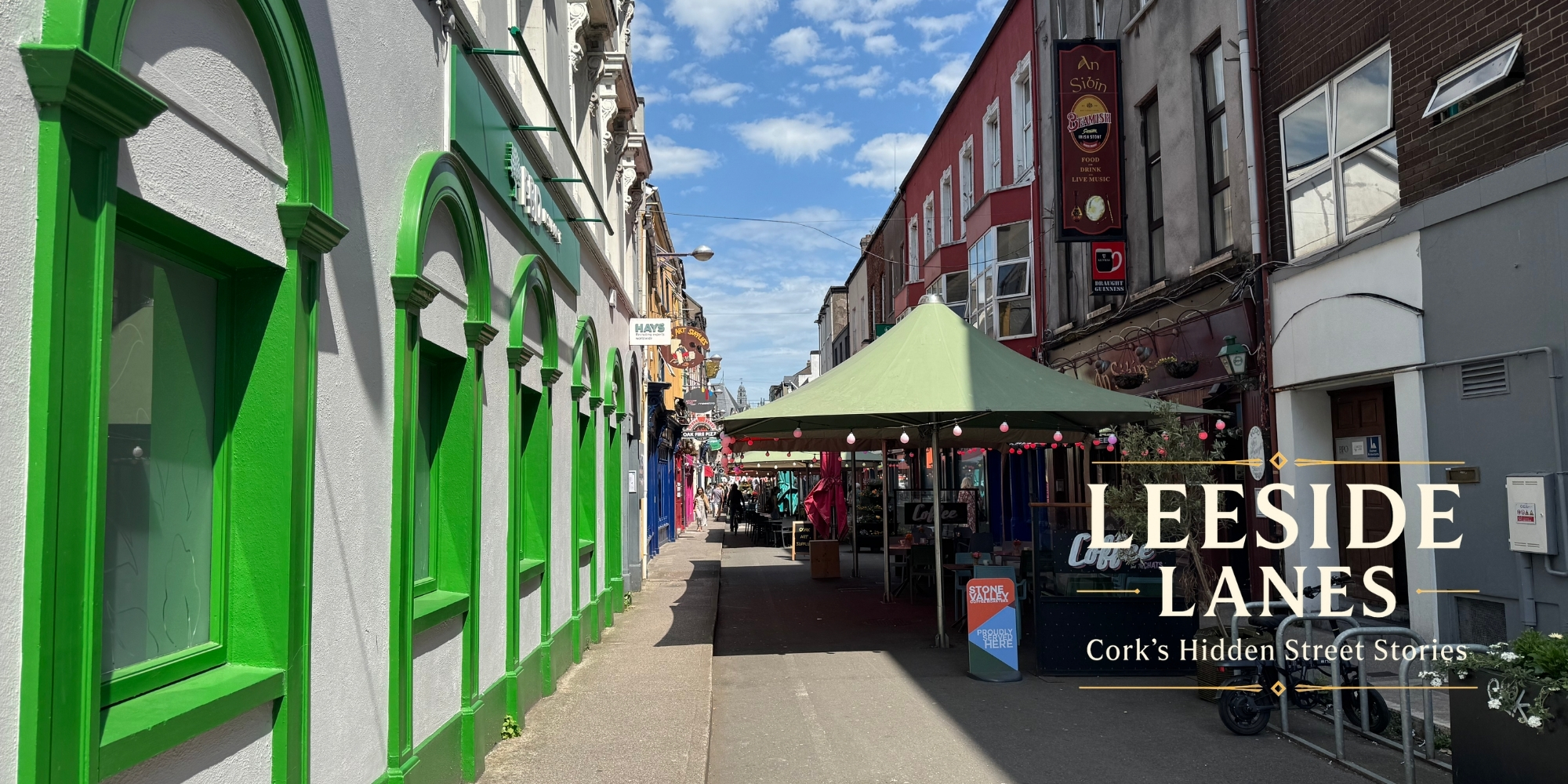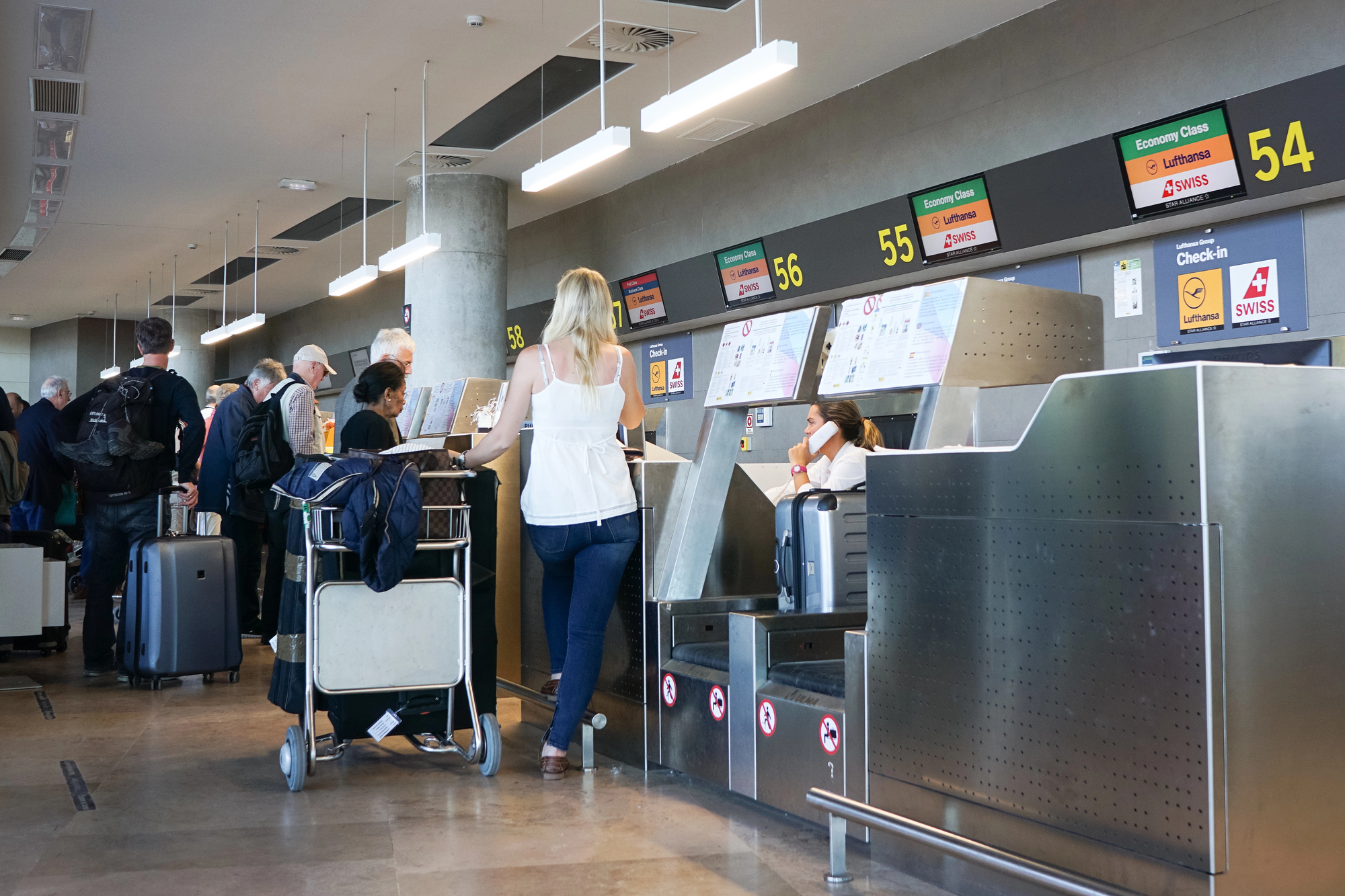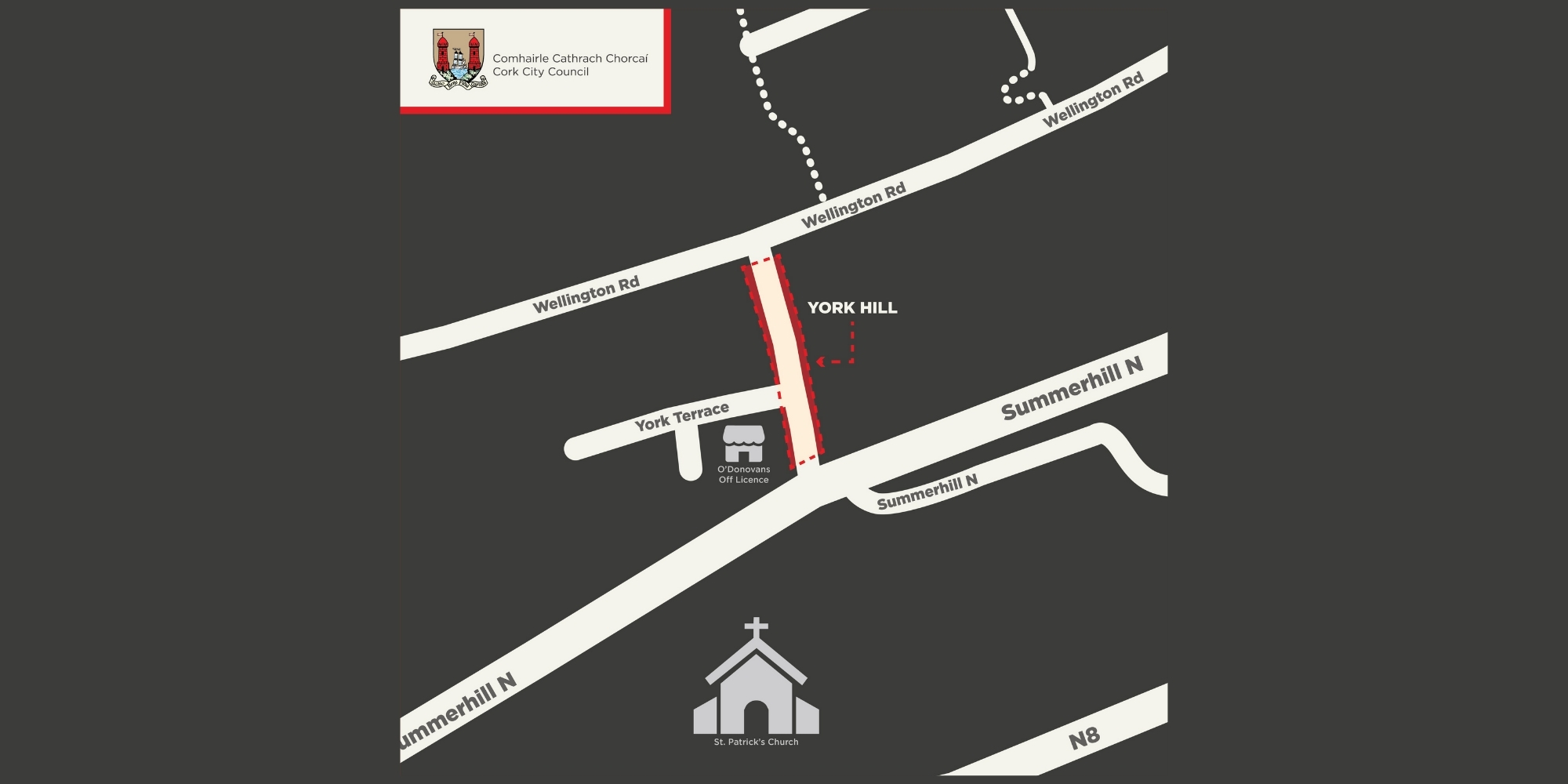Princes Street: From Georgian Lanes to Ireland's First Pedestrian Paradise
Episode 4: Did you know Princes Street was once split in two? One half for prayer, the other for plays. Discover Cork's pioneering pedestrian paradise.

Where the aroma of freshly baked bread mingles with the chatter of al fresco diners, Princes Street stands as Cork's pioneering pedestrian thoroughfare and gateway to culinary tradition. This compact street, stretching from St Patrick's Street to the South Mall, has evolved from marshy channels into a vibrant social hub that perfectly captures Cork's ability to honour its past whilst embracing innovation.
A Tale of Two Lanes
The story of Princes Street begins in the 18th century, when Cork was expanding beyond its medieval walls onto reclaimed marshland. Originally, this wasn't one street but two distinct lanes serving different purposes. The northern section was Presbyterian Meeting House Lane, named after the chapel that still stands today as the Unitarian Church. The southern portion bore the more theatrical name of Playhouse Lane, after an 18th-century theatre at the Exchange Buildings.
In 1774, these two lanes were unified and renamed Princes Street. Historical evidence suggests the name honours Prince Adolphus, Duke of Cambridge, the tenth child of King George III, who was born that very year. This practice of royal naming was common in Georgian Cork, as seen in the adjacent George's Street (now Oliver Plunkett Street).
By 1787, Lucas's Cork Directory listed "Alderman Sir John Franklin, Knt." as a resident, confirming the street's respectable status in the city's commercial landscape.
The Market Connection
The establishment of the English Market in 1788 fundamentally shaped Princes Street's character. The market, created by the Protestant-controlled corporation, stretched between Grand Parade and Princes Street, making the latter a primary access point for generations of Cork citizens.
The defining architectural moment came in 1862 when Sir John Benson designed the magnificent ornamental entrance from Princes Street. This Byzantine-Revival masterpiece features polychromatic brickwork, limestone keystones, cast-iron gates, and distinctive diocletian windows. The entrance transformed the street from a simple lane into a prestigious portal, cementing its identity as the gateway to Cork's culinary heart.
Scarred by Conflict
During the War of Independence, Princes Street witnessed tragedy. On 23 November 1920, an explosion at the junction with Patrick Street killed three IRA volunteers: Patrick Trahy, Patrick O'Donoghue, and James Mehigan. The blast also injured 16 civilians and damaged local businesses. Whether caused by a thrown grenade or tragic accident remains disputed, but the incident marked the street indelibly in Cork's revolutionary history.
Just weeks later, during the Burning of Cork on 11-12 December 1920, Crown forces torched much of the city centre. The fires that raged through the commercial blocks between Patrick Street and Oliver Plunkett Street engulfed Princes Street, leaving businesses and livelihoods in ruins.
Ireland's Pedestrian Pioneer
In 1971, Princes Street made history as the first street in Ireland to be pedestrianised. Remarkably, this wasn't imposed by planners but driven by the street's own traders who had been "pushing it for the last 18 months," according to then-Lord Mayor Peter Barry. His prediction that this was "only the beginning" proved prescient, as the experiment set a precedent followed across Ireland.
Peter Barry, himself a Princes Street trader with a small grocery shop that would evolve into Barry's Tea, embodied the street's entrepreneurial spirit. Other notable businesses included Montague Burton tailors (established 1927) and O'Donovan's butchers, which operated from 1900 until 2005 when the third-generation owners closed after 105 years, citing declining city-centre trade.
A Modern Renaissance
History repeated itself in 2020 when, facing COVID-19 restrictions, eleven Princes Street proprietors wrote to Cork City Council proposing full pedestrianisation for outdoor dining. The "Eat on the Street" initiative launched on 29 June 2020 proved an immediate success.
The transformation included colourful parasols, outdoor heating, and festoon lighting designed by Meitheal Architects. The initiative won national awards for Placemaking and Public Realm in 2022, with the street described as Ireland's best pandemic pivot.
Today, Princes Street thrives with a diverse mix of establishments. Clancy's, operating since 1824, spans numbers 15-16 after recent renovations. Ristorante Rossini has served Italian cuisine since 1994, whilst newer additions include Quinlan's Seafood Bar and Oak Fire Pizza. Cork Art Supplies continues a decades-long tradition at numbers 26-28, serving the city's creative community.
Recent changes include Nash 19's closure after a notable run championing local producers, though the space continues the culinary tradition with new operators. The street also hosts the Irish Cancer Society charity shop, Gerard McCarthy Trophies, and various other independent retailers.
As Cork City Council's €1.3 million "Reimagining Cork City" programme continues, Princes Street serves as a model for urban regeneration. From its marshy origins through wartime trauma to pedestrian innovation, the street embodies Cork's resilient spirit. Today, with tens of thousands dining annually under its colourful canopies, Princes Street remains what it has always been: a vital artery connecting Cork's commercial heart with its culinary soul.



